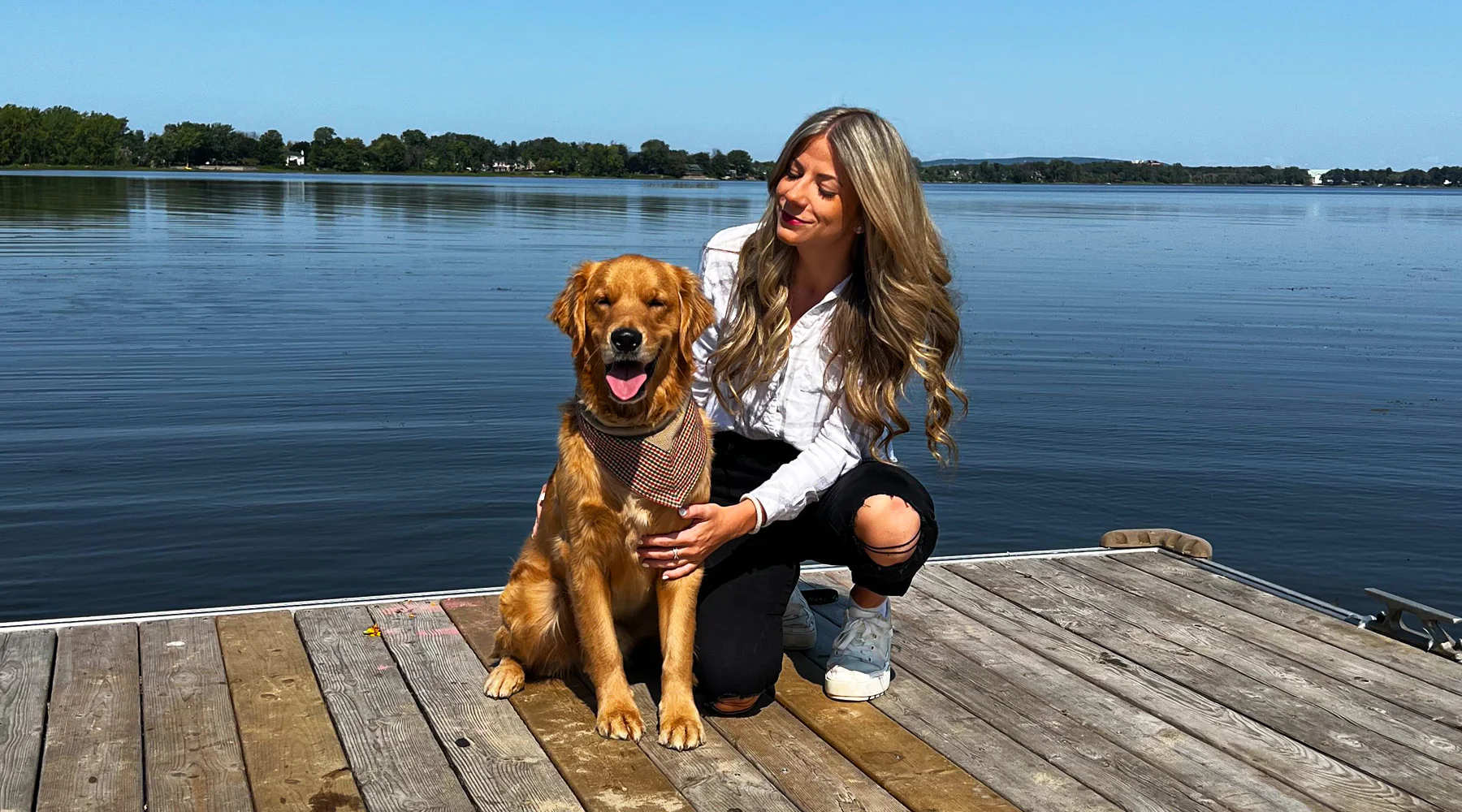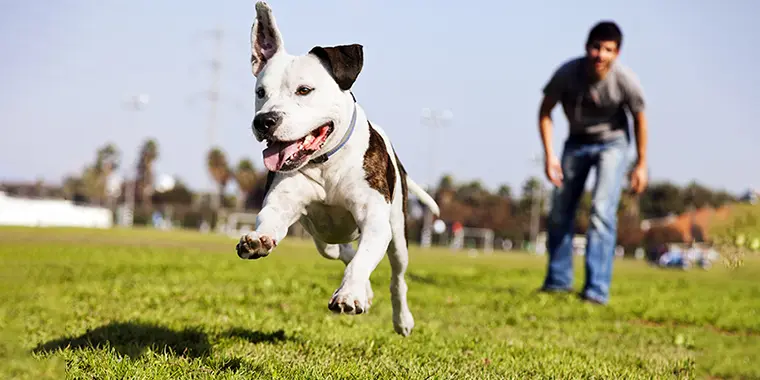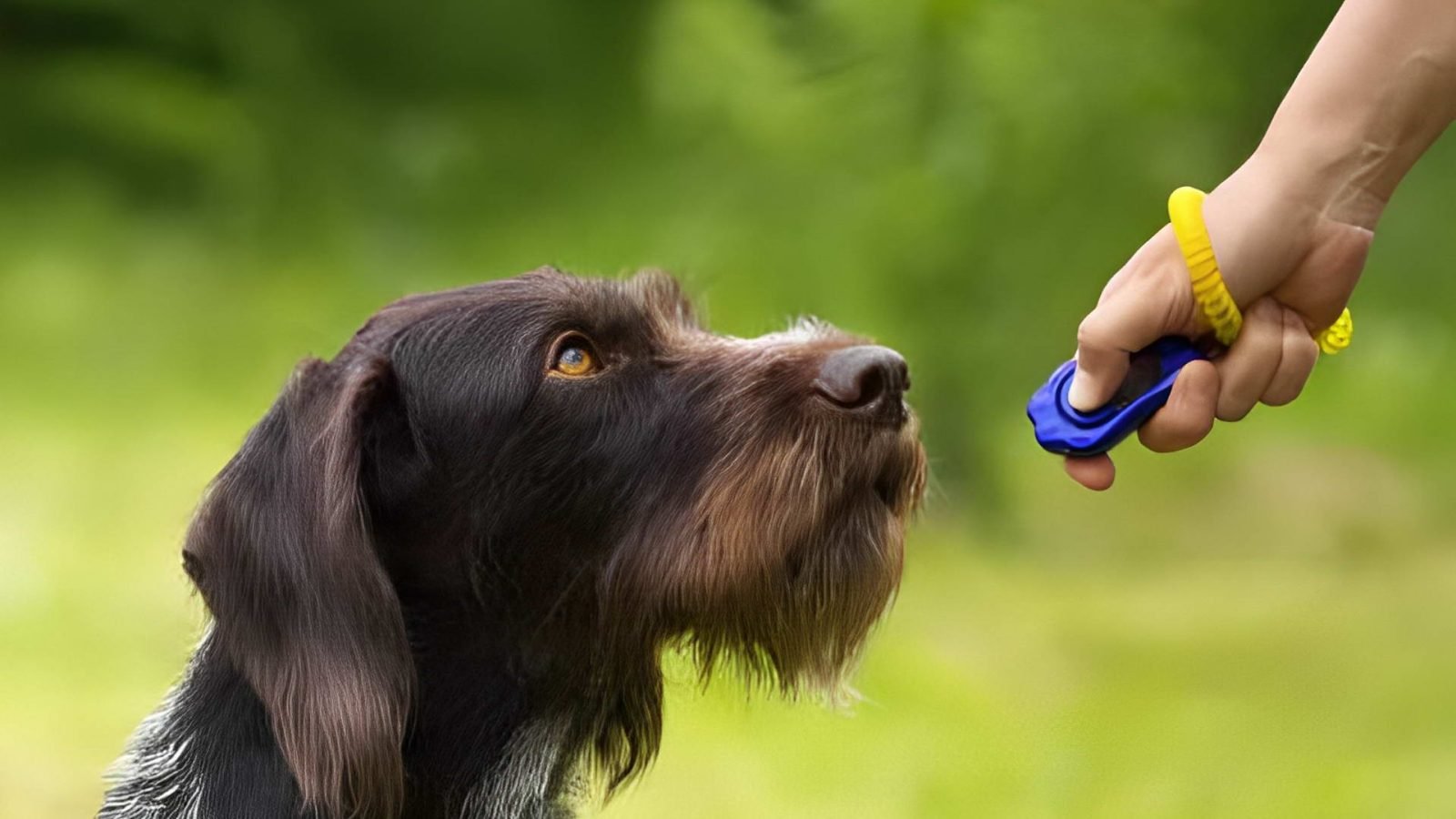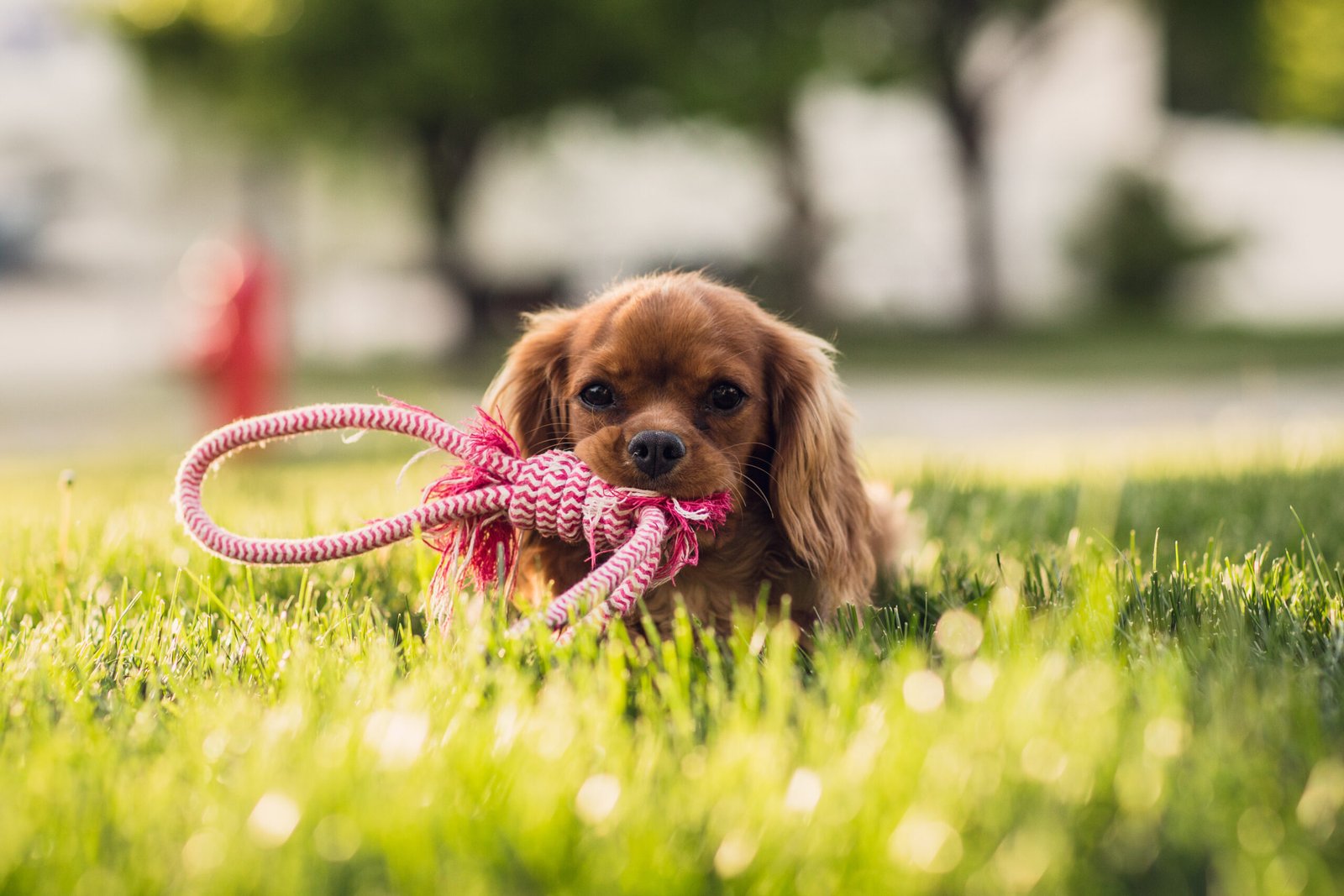Building trust with your dog during training is essential for a successful and fulfilling relationship. When you focus on building trust with your dog during training, you create a safe environment where your furry friend feels comfortable learning new skills. This article will explore effective ways to establish trust while training your dog.
Understanding the Importance of Trust
Trust is the foundation of any relationship, including the one between you and your dog. When your dog trusts you, they are more likely to listen to your commands and engage in training sessions. This bond makes training more enjoyable and effective. Therefore, focusing on building trust with your dog during training should be a priority for every pet owner.

1. Use Positive Reinforcement
One of the most effective methods for building trust with your dog during training is to use positive reinforcement. This means rewarding your dog with treats, praise, or playtime when they exhibit desired behaviors. When your dog associates training with positive experiences, they will feel more comfortable and eager to participate.
2. Be Consistent with Commands
Consistency is key when it comes to training. Use the same commands for specific behaviors and ensure everyone in your household does the same. This consistency helps your dog understand what is expected of them, which builds trust. When your dog knows what you want, they feel more secure and confident in their training.
3. Practice Patience
Training a dog takes time and patience. Avoid getting frustrated if your dog doesn’t catch on immediately. Instead, take a step back and give them time to understand the commands. Being patient shows your dog that you care about their progress, which strengthens your bond and trust.
4. Create a Safe Environment
A safe training environment is essential for building trust with your dog during training. Make sure the space is free from distractions, and avoid exposing your dog to loud noises or unfamiliar people during training sessions. When your dog feels secure in their surroundings, they can focus on learning and building a trusting relationship with you.
5. Start with Short Sessions
Dogs have short attention spans, especially puppies. Begin your training sessions with brief, focused exercises. Gradually increase the length of these sessions as your dog becomes more comfortable. This approach helps prevent frustration and keeps training enjoyable, fostering trust between you and your dog.
6. Encourage Socialization
Socialization plays a crucial role in building trust with your dog during training. Expose your dog to different environments, people, and other animals to help them become more comfortable in various situations. A well-socialized dog is more likely to trust you during training, as they feel more secure in their surroundings.
7. Build a Routine
Dogs thrive on routine, and having a set training schedule can help strengthen your bond. Establish specific times for training sessions and stick to them. This routine allows your dog to anticipate training, making them feel more secure and comfortable, which is essential for building trust with your dog during training.
8. Use Calm and Confident Body Language
Dogs are highly attuned to human body language. When you approach training with a calm and confident demeanor, your dog will feel more at ease. Avoid yelling or using harsh tones, as this can create fear and anxiety. Instead, speak gently and encourage your dog with a relaxed posture to foster trust.
9. Address Behavioral Issues Early
If your dog exhibits problematic behaviors, address them as soon as possible. Ignoring issues can lead to a breakdown in trust. Use positive reinforcement techniques to correct unwanted behaviors and reinforce good ones. This proactive approach demonstrates your commitment to your dog’s well-being, which strengthens your bond.
10. Celebrate Progress
Finally, celebrate your dog’s achievements, no matter how small. Acknowledging their progress helps reinforce the trust you’ve built during training. Use praise, treats, or extra playtime to reward your dog for their efforts. When your dog knows their hard work is appreciated, they will be more motivated to continue learning.
Conclusion
In conclusion, building trust with your dog during training is crucial for establishing a strong and lasting bond. By using positive reinforcement, maintaining consistency, practicing patience, and creating a safe environment, you can foster a trusting relationship with your furry friend. Remember to encourage socialization, build routines, and celebrate progress. With time and dedication, you will create a trusting partnership that enhances your dog’s training experience and strengthens your bond.











